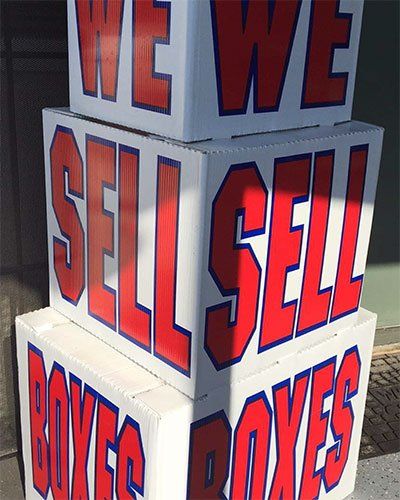Blog
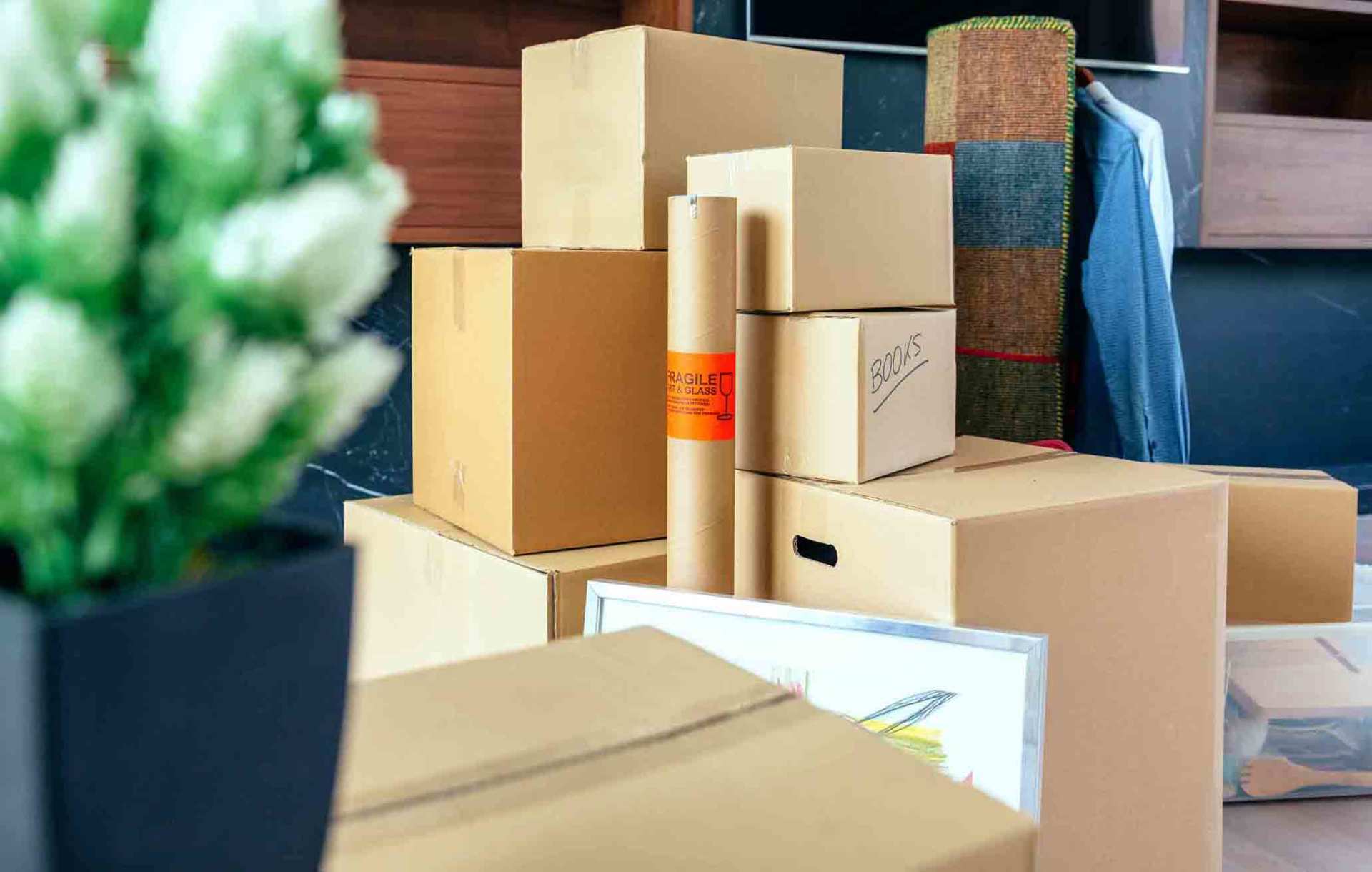
While resident managers who worked for free on-site rent used to be commonplace in the self-storage industry, more and more facilities are shifting to standalone computerized kiosks, affecting the overall customer experience. However, some storage businesses still employ on-site workers to help customers. Here are three reasons to rent from a storage facility with a resident manager and why you won't regret the decision down the road. Interactive Help When You Need It If you are new to renting a storage unit, you might be brimming with questions from the very start. New customers often wonder what size of storage space is best for their needs, what they need to do if they want to upgrade, and how to handle vacating paperwork. While it is true that kiosks can run 24/7 and offer a lot of automated information, nothing quite compares to talking with a real person who innately understands facility policies. Resident managers are typically available around the clock, because they live on-site in facility-owned apartments. If you are moving from another state and have no idea what time you will arrive, a simple ring of a doorbell will put you face to face with someone who can help you to take care of your rental paperwork. Resident managers are also able to offer valuable advice about choosing unit sizes, saving people from renting spaces that are bigger than what they need. If any problems arise during the course of your rental experience, resident managers can talk with you about your options, place service calls, or help you to troubleshoot the problem when it occurs. Site Security While it is unlikely that your storage unit will be burglarized, it isn't unheard of in the storage industry. In 2012, which is the last year data has been collected on the subject, 8.9% of storage facilities reported some kind of theft. Although this number might not seem significant, further reports have shown that theft is typically underreported in the storage industry, which is why having on-site managers looking out for trouble is such a valuable asset. Resident managers are typically required to perform daily, or even hourly, checks of the facility to make sure everything is running accordingly. Since managers have one-on-one contact with all new renters, they are more likely to notice someone who doesn't belong and can contact the authorities if something seems awry. Some facilities even ask their managers to perform daily lock checks, making sure that each unit has the same lock as the day before. This added security measure helps to ensure that someone doesn't access the unit, remove someone else's lock and replace it with one of their own. By using special stickers that are placed on the lock during move-in, managers can identify new locks, significantly improving site security. Additional Services Offered In addition to looking out for trouble and always being on hand to answer your questions, having resident managers on-site also gives customers the chance to enjoy other services, such as more flexible payment options, on-site fax service, and even other perks like being able to buy packing supplies or rent a moving truck. Some storage facilities with on-site managers can even accept commercial deliveries, for smaller businesses who might be using a storage unit to house their inventory. While a kiosk might not be able to sign for a new shipment, resident managers can grant access to delivery personnel, allowing businesses to operate even when owners aren't available. When you are ready to rent a storage unit, stop by The Attic Self Storage. With resident managers who are available 24/7 to give you a hand, renting storage space has never been easier. Our facility only consists of easily accessible ground units with 10-foot ceilings, and we focus on site cleanliness and security every day. To learn more about our available storage spaces, visit our website or come by our office.
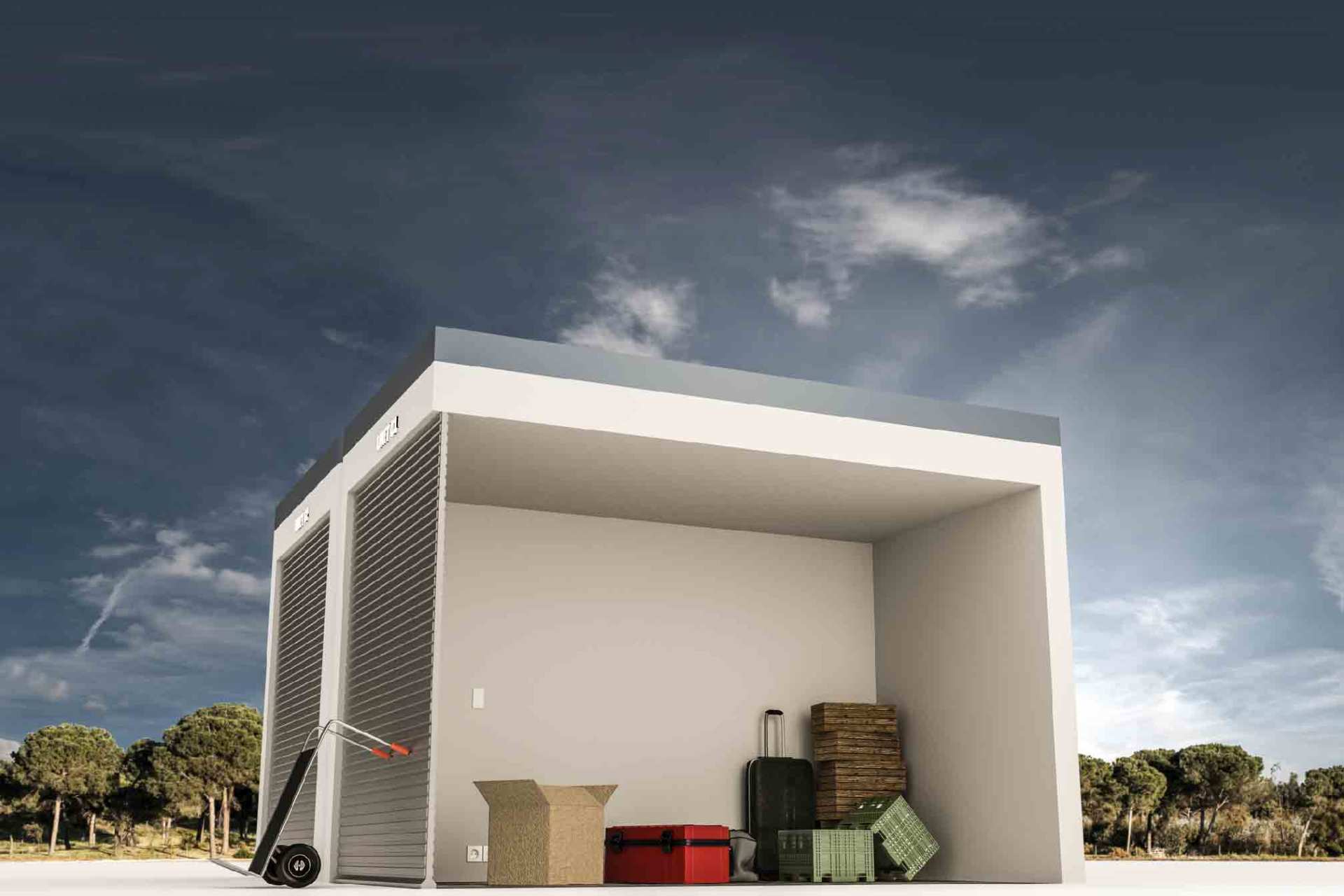
Sometimes life throws unwanted curveballs. The weather may take an unexpected turn for the stormy on your planned moving day, or you may just have a short window of time to move your stuff from your home into storage. No matter what your situation may be, follow these tips when you need to move your things into storage during rainy weather. Create a Moving Plan and Checklist Managing any move requires careful planning. That's especially important when you're moving in bad weather. You need to be aware of which tasks you must complete for a successful move. Consider whether it's worthwhile to go through previously packed boxes to try to reduce your possessions. Otherwise, you may plan to move boxes you packed years ago directly into storage. As part of the plan, also outline how you can realistically complete each moving task promptly to avoid spending extra time in the rain. For example, if your car has a carport or garage, you may need to clear those areas first. They can be very useful for completing moving tasks in the rain. Consider Having a Preparation Party Helping with a move is a duty most people take on in the name of friendship. You don't need to call it a party to enlist the help of your friends and family members. However, you can liven things up for everyone if you throw a preparation party for moving in the rain. It's not all fun and games, but the party perks can help hard-working friends feel appreciated. Since moving in bad weather may present logistical problems that you need to solve on short notice, the preparation party is a solution that may work for all. Offer something fun during and after the work. For example, you may offer your guests snacks during breaks in the work. Also, you may plan to order pizza and drinks after you complete the moving preparation tasks. Be specific about what you are asking friends to do at the party before extending an invite. For example, you may ask for help covering all your furniture in plastic and taping the plastic coverings securely over the furniture. Letting people know what to expect in advance will help prevent conflict and confusion. Cover Walkways if Possible If it's possible to cover the walkway from your front door to your vehicle, do so. It's best to move your items from the house to the car without risking damage from the rain. Otherwise, try to keep the walkway as dry as possible. If friends and family members are helping you, try to give them jobs that don't require them to walk in the rain or on slippery walkways. Exercise caution when you're walking on walkways during the rain. Keep in mind that the walking surfaces are likely to be slippery. Even a few steps from your front door to the moving van can be risky. Move slowly and take your time when it's raining. Watch your step. Wear shoes that provide traction. Also, it's wise to layer and wear a bulky coat. Start Moving Your Things as Early as Possible If inclement weather is expected throughout the day, afternoon, and evening, try to move as early as possible. That way, you have it out of the way and avoid the possibility of worsening weather. Pay close attention to what's going on around you. Wear sunglasses during the early moving move to help you see things clearly. Be aware of each step you take. Finally, if you have questions about packing, moving, and storing your items, contact The Attic Self-Storage. Whether you're planning to store a few belongings or the contents of a house, we offer a wide variety of storage options to fit your needs.
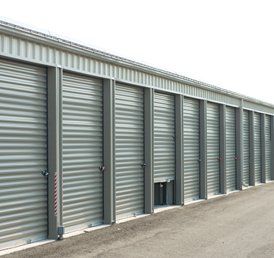
Not all storage needs are identical. Sometimes, you need to store items for the long haul. But other times, it can be just seasonal storage or a layover while moving homes. To help you pack for the right time frame, here is a handy guide to tailoring your packing and storing methods for all three different situations. Seasonal Items Seasonal storage is often more like needing a little bit of extra space in your home. It could be things like sports equipment, holiday decorations, winter clothes, or camping gear. Start prepping for seasonal storage by making sure that your gear is fully cleaned and ready to be set up again next year. Once everything is clean and ready to put away, pack them in original packaging if possible. If that's not a option, put protective wrapping-even blankets, towels, or other bulky clothing-around as much as possible. Then, look for some solid bins to keep things in place and safe. Place things in bins with other items for the same holiday or activity so you don't have to open more boxes than necessary or sort through things in the storage unit. This may mean that some bins aren't completely full, but seasonal storage is more about convenience than about saving space. Short Term Storage Moving is one of the biggest reasons why people need limited storage. And since moving is often a chaotic time in a family's life, you may want to take some steps to make things easier on yourself when you inevitably need to get into your stuff. To help facilitate access, it's a good idea to rent a slightly larger space than you think you'll need. This way, you can create some aisles for easy movement. Start by forming an aisle for traffic flow around the perimeter of the storage unit. Place masking tape on the floor if it helps keep the boxes where they should be. If your unit is larger, you may want to create an additional aisle or two in the interior as needed. In addition, clear labels on multiples sides of each box will help make it easier to get things you may need. Group things together when possible. And it's a good idea to create a master inventory list or drawing on paper that can be hung near the door for reference later. Long Term Storing Long term storage generally calls for the most preparation. This is a time to make sure that things are protected and ready to be out of sight for as long as necessary. But while there's more prep work, the logistics of filling the storage unit itself can be easier. As with other storage, make sure everything is clean before entering storage. But skip plastic bags because of the danger of moisture over time. You'll want to pay additional attention to protection since boxes can settle and weigh on each other over the longer term. Look for sturdier bins, perhaps forgoing used cardboard boxes and opting for plastic bins or new boxes instead. Make sure to add more protection for fragile items and fill boxes completely so they don't become crushed inward. The good news is that long term storage allows you to stack things higher and not worry as much about access. Remember to use all the vertical space in the unit. This is a good time to fill in empty spaces with oddly shaped items and stack in whatever position works best for the space you have. If you need help determining the best methods for packing and storing your specific items, talk with the packing experts at The Attic Self Storage. With nearly 40 years of experience helping families protect their heirlooms, The Attic can help you make the most of whatever storage needs you have.
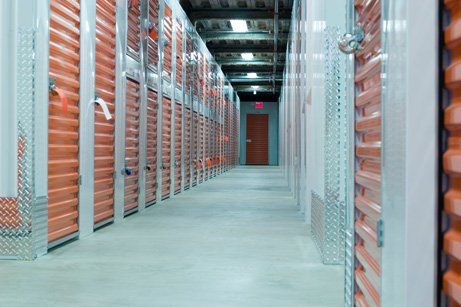
Are you thinking about downsizing to a smaller home? Doing so can be the right call for many reasons ranging from reducing stress to saving money and freeing up time. But downsizing is a big life change that can seem overwhelming. If you need help making the decision and executing it, there could be an easy way to overcome your difficulties. You could engage in self-storage. How can self-storage help you through the downsizing process? Here are three ways. Run a Trial If you're feeling "on the fence" when it comes to getting rid of a lot of your things, a test of your new lifestyle can be just what you need. Self-storage units allow you to remove items from your home without actually having to sell or donate them. You can try out how living without certain items feels while knowing that you can always change your mind. Depending on how much you want to downsize your living situation - whether you want to find a smaller house or move into a tiny home - you could simply pack up a lot of items you use infrequently or pack up one of the rooms you'll lose. If you really want to pare down, you'll want to rent a larger storage unit (or even two medium-sized ones) and pack in nearly everything you don't use each and every day. The good news is that if you decide that living without your things isn't right for you, you've made no permanent changes. You can simply restore your things, cancel the rental agreement and walk away confident in your decision. Act Now Some people have considered the idea of downsizing for years without ever being able to do it. If this description fits you, there could be a number of things holding you back. You may not be able to make time to sort through your belongings. Or you may not know exactly what to do with them all. And some families just cannot agree on what to discard. Any of these problems can be resolved easily by putting things into a storage unit and immediately placing yourself in the position to downsize right now. Once you've moved to a smaller home, you're unlikely to bring most things back into the house, and so you'll be more motivated to deal with items as you collect them. Act Gradually Finally, storing extra stuff can give you the space to figure out what you need to do with everything over time. If your place and your life are full and complicated, clearing a lot of things out of your house may give you the breathing room you need to make the best decision. You will then have the time to find the best homes for your stuff. If downsizing is hard for you or your kids, start slower by emptying out a little-used room, such as a formal dining room or guest room. Inventory what you put in the storage facility and place pieces you're likely to sell in a prominent and accessible location. Turn the storage unit into a staging area where you have the room and objectivity to decide on the best plan for each thing. Keys to Remember If using self-storage is right for your family, look for a convenient facility that's on a route you regularly use. This will help you feel free to drop things off and make finding items you end up needing easier. Look for a unit that's a little larger than you think you'll need so that you have time to grow or to move around comfortably. The Attic Self-Storage offers a variety of unit sizes so you can pick just the right one for you. Give us a call to start your grand adventure in downsizing today.

If you have to temporarily downsize into a smaller space and move a lot of your belongings into storage, then you want to make sure that you know where your belongings are at. An organizational system will make it easier for you to access items when you need them, and it will make it easier for you to move into your new space when it is ready. 1. Choose a Color for Each Room in Your House The first thing you need to do is choose a color for each room in your house. The color you choose for each room will correspond to the color of labels and markers you use for the boxes for that particular room. You can also purchase and use matching packing tape on your boxes to make the distinction between each room more visually obvious. For example, you could make your living room green, your kitchen yellow, your bathroom orange and your bedroom pink. The key is to pick distinct colors for each room and purchase corresponding labels, markers and tape to use on the boxes. A box color system will make it easier to group together boxes from the same room. A color-coded system will also make it easier for you to find items if you need to pull something out of storage. 2. Create an Inventory Sheet for Each Box As you fill up each box, create an inventory list of what is going into the box. The top of the box should be labeled with the room the box belongs to. On the side of the box, use the appropriate colored marker to create a running inventory list of all the items inside of the box. That way, when you pull out all the yellow boxes for your kitchen, you don't have to rummage through each box to find where you put the blender or your special Christmas platter — you can just refer to the inventory list on the box. Additionally, when you move back into a larger space, the inventory list on the side will help you prioritize which box to unpack first in each room of your home. 3. Number Each Box To further identify each box, a large number should be written in black marker on the upper left- or right-hand corner on the top of each box. Numbering all of your boxes will help you keep track of the total number of boxes. You can use a few different strategies for numbering your boxes. You can number all of the boxes in your home, starting in one room and working through all the rooms as you finish up packing. Alternatively, you can start the numbers over again for each room in your house. For example, you can have boxes labeled 1 – 40, or you can have pink bedroom boxes labeled 1 – 5 and yellow kitchen boxes labeled 1 – 10. The overall point of adding numbers to the boxes is to keep track of how many boxes you have overall, which is especially helpful if you are using a moving service. 4. Create a Master Spreadsheet Finally, create a master spreadsheet so you can access all of this information without looking at the physical boxes. A master spreadsheet will give you a reference point when looking for a specific box. A master spreadsheet is also a useful inventory tool for insurance purposes and when using a moving service to move your boxes in or out of storage. A master list will allow you to prove how many boxes you had and what was in each box. The master spreadsheet should break down the number of boxes per room and list all of the items inside of each box. You can make this document within a spreadsheet or document program, whichever one you are more familiar and comfortable working with. The team at The Attic Self Storage can help you find a storage space that will fit all of your belongings until you are ready to move into a larger place again.

